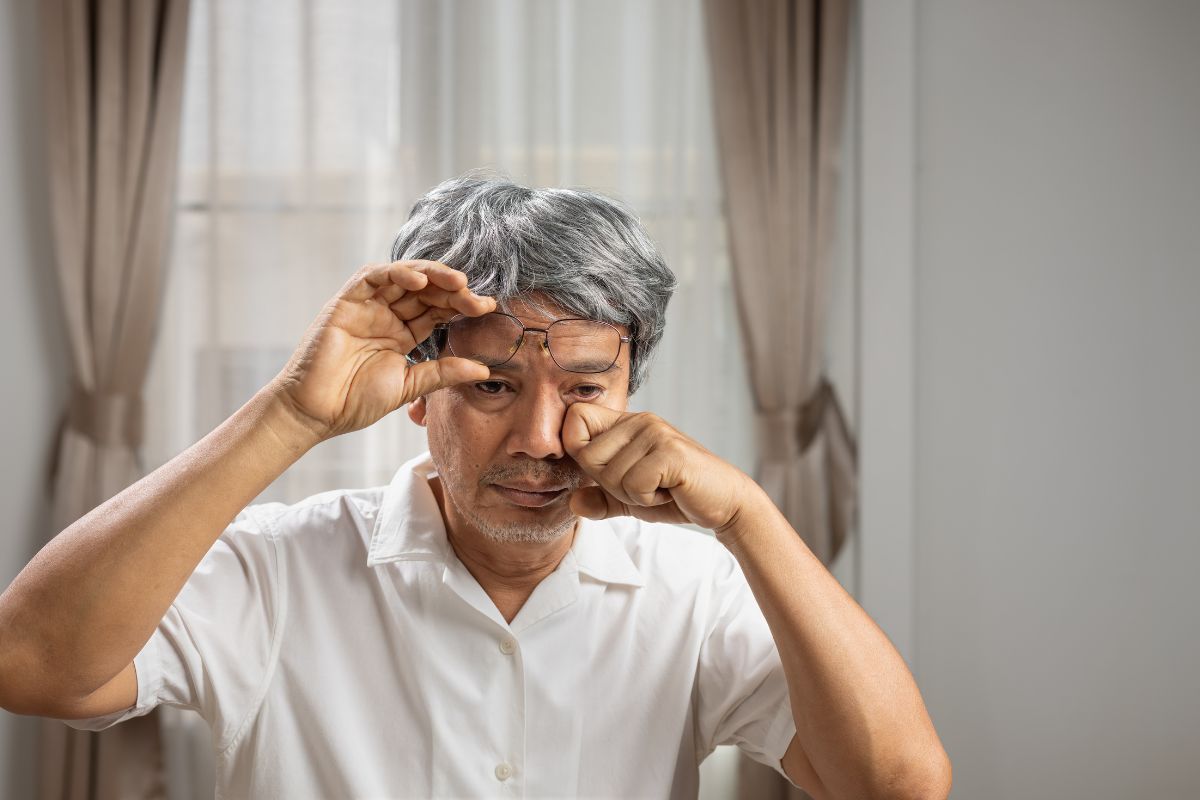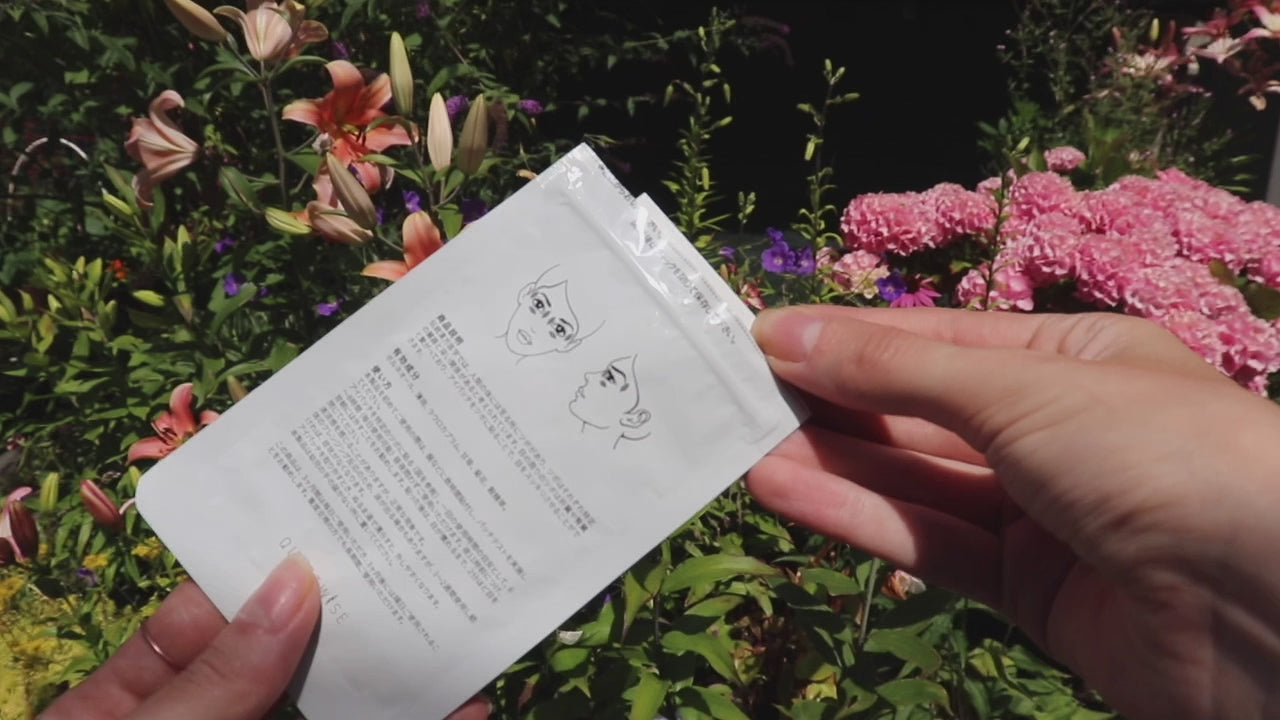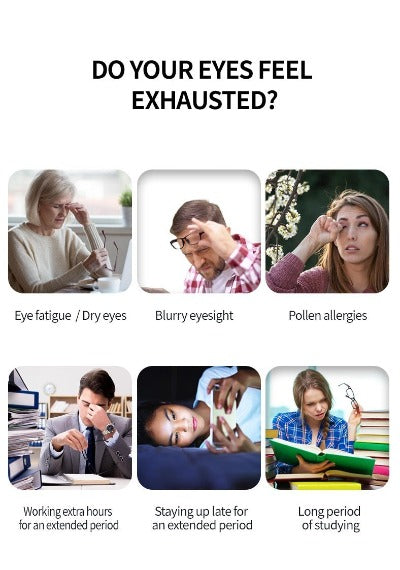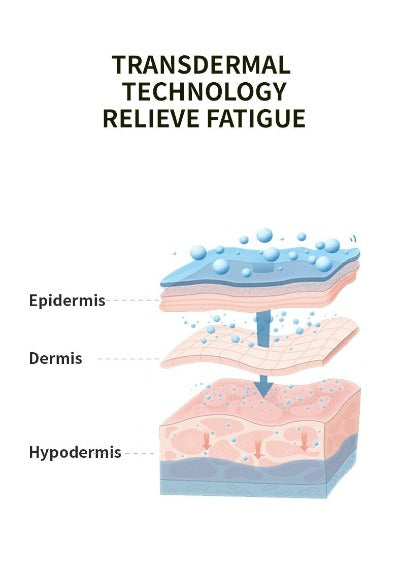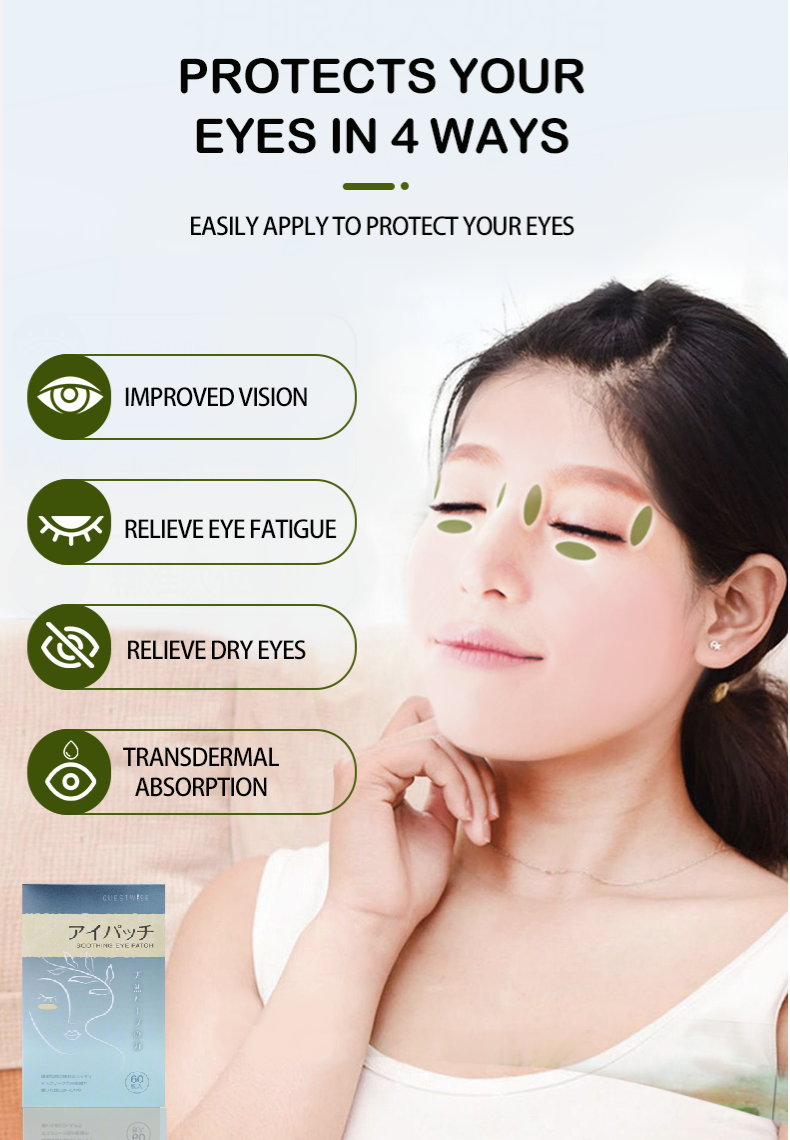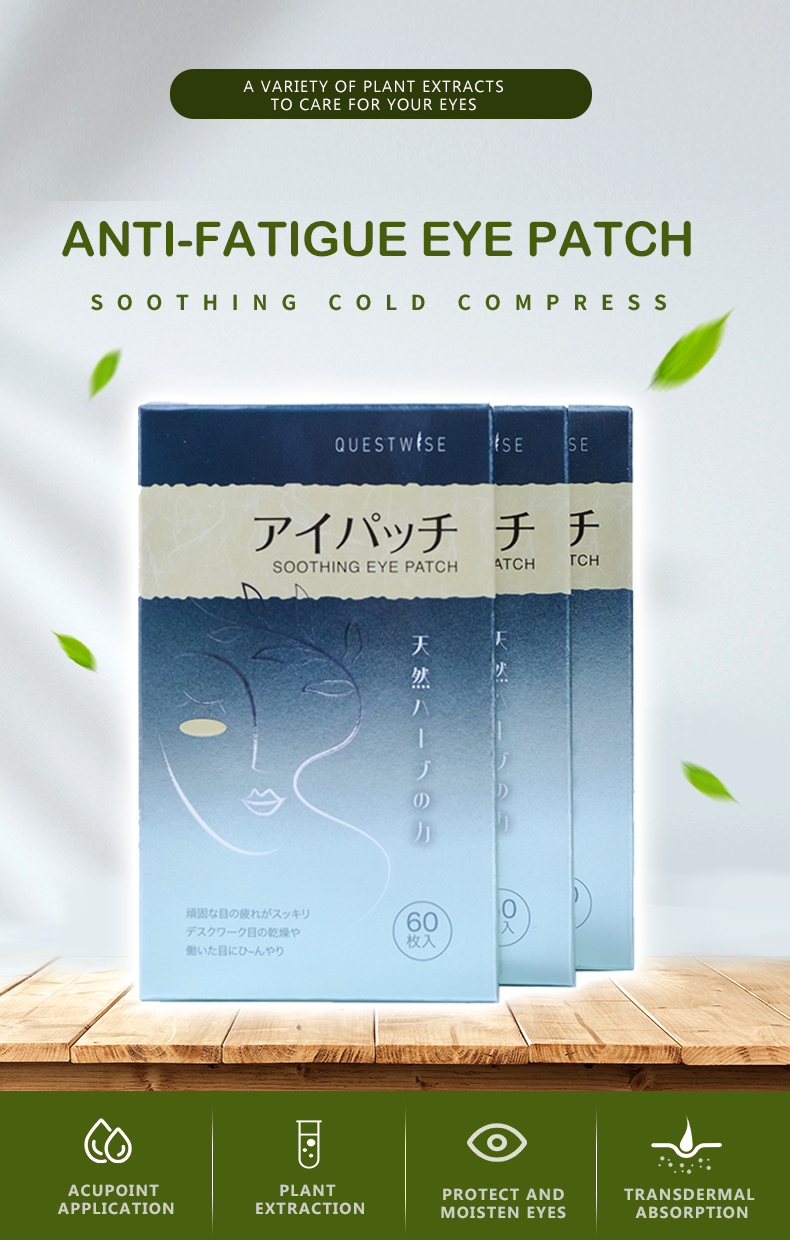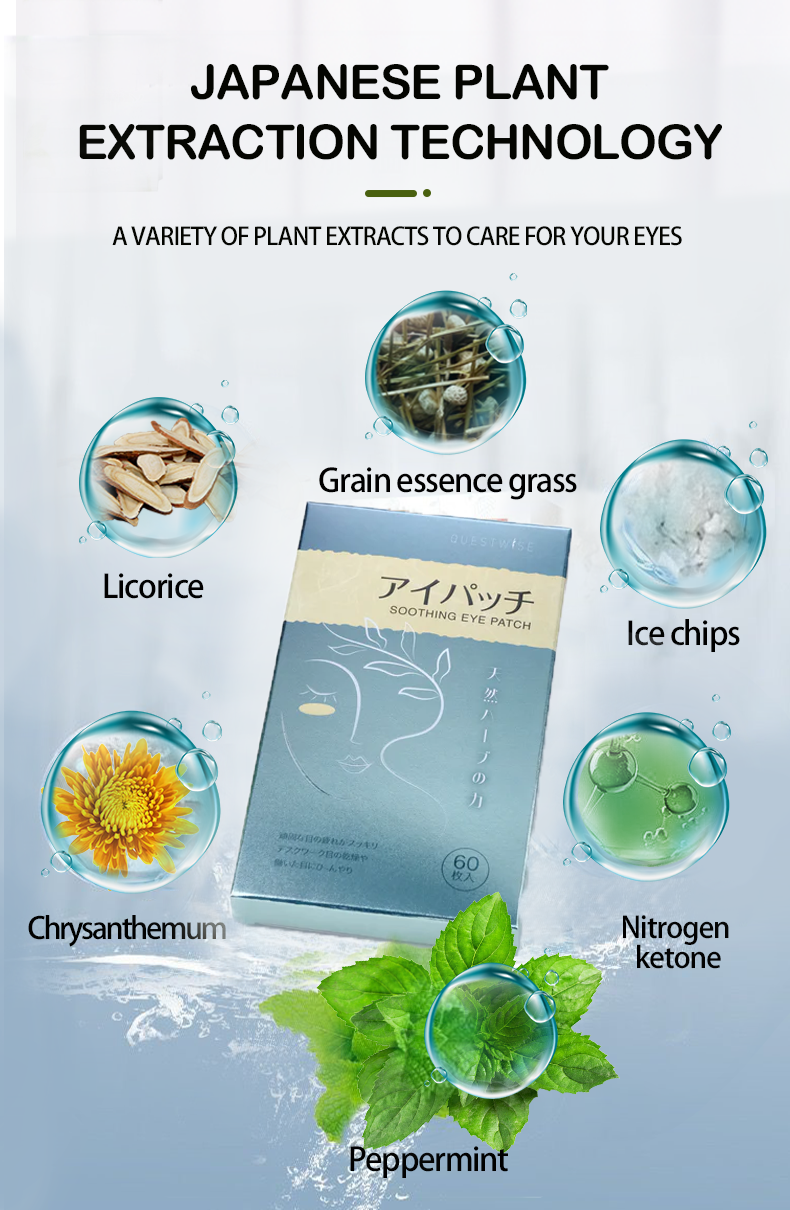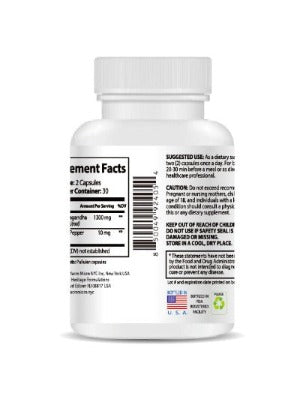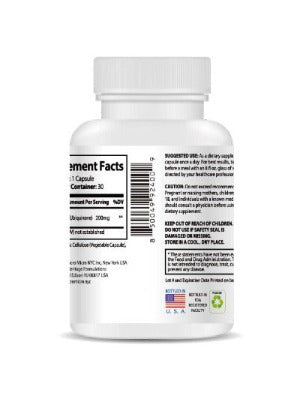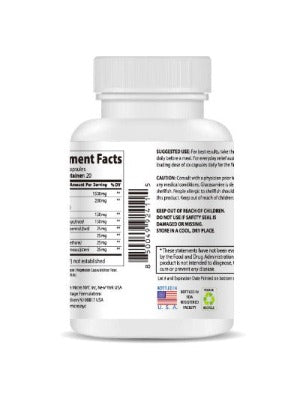Eye Redness from Allergies: A Comprehensive Guide to Quick Relief and Long-Term Management in 2025
In 2025, the prevalence of allergies continues to rise, impacting millions with a range of uncomfortable symptoms. Among the most common and bothersome is eye redness, a hallmark of allergic conjunctivitis. This condition, characterized by itchy, watery, and irritated eyes, can significantly disrupt daily life, making even simple tasks challenging. This comprehensive guide delves into the causes, symptoms, and advanced strategies for both immediate and long-term relief from allergy-induced eye redness, equipping you with the knowledge and tools for effective management.
Understanding Allergic Conjunctivitis and Eye Redness: A Deeper Dive
Allergic conjunctivitis, the inflammation of the conjunctiva (the membrane lining your eyelids and covering the white part of your eye), is a primary cause of allergy-related eye redness. When allergens – such as pollen, pet dander, dust mites, mold spores, and certain food particles – come into contact with your eyes, your immune system initiates a cascade of events. This immune response releases histamine, a chemical mediator responsible for the characteristic symptoms of allergic conjunctivitis. This inflammatory response isn't just uncomfortable; it can significantly impact your vision and overall well-being.
The Science Behind the Redness: Histamine and Vascular Response
The redness observed in allergic conjunctivitis stems from the dilation of blood vessels in the conjunctiva. Histamine, the key inflammatory player, directly causes these blood vessels to widen, leading to increased blood flow in the conjunctiva. This increased blood flow is not only responsible for the visible redness but also contributes to the swelling and itching often associated with allergic conjunctivitis. It's your body's attempt to bring immune cells to the affected area, but this defense mechanism unfortunately fuels the discomfort.
Advanced Strategies for Quick Relief: Immediate Comfort and Symptom Reduction
Experiencing allergy symptoms can be incredibly disruptive. When your eyes are red, itchy, and irritated, you need fast and effective relief. The following strategies represent advanced techniques for immediate comfort and symptom reduction:
- Targeted Cold Compress Therapy: Instead of a general cold compress, consider using individually wrapped cold packs designed specifically for the eye area. These often provide a more precise and comfortable application, minimizing pressure on delicate tissues. Ensure the compress is not directly on the eye but on the surrounding skin.
- Warm Compress for Mucus Relief (with Caution): While cold compresses primarily address redness and swelling, a warm compress can help gently loosen and remove mucus buildup that might be contributing to irritation. However, use warm compresses cautiously and avoid excessively hot temperatures, which can further irritate the eyes. Always test the temperature on your wrist first.
- Advanced Artificial Tears: Look for artificial tears that contain hyaluronic acid or other advanced lubricating agents. These formulations offer longer-lasting lubrication and often provide superior comfort compared to standard artificial tears. Ensure you choose preservative-free options to reduce the risk of irritation.
- Allergen Avoidance Techniques: Passive allergen avoidance isn't enough. Active allergen avoidance requires a multi-pronged approach. This includes using high-efficiency particulate air (HEPA) filters in your home, regularly washing bedding in hot water, and adopting a thorough cleaning routine to minimize dust mites and pet dander. Consider using allergen-blocking covers for mattresses and pillows.
- Gentle Eye Cleansing with Specialized Solutions: Utilize sterile saline solutions or specialized eye cleansing wipes designed for sensitive eyes to gently remove allergens and debris without causing further irritation. Always avoid rubbing or harsh scrubbing.
-
Wise Quest Soothing Eye Patches: Harnessing Traditional Medicine for Modern Relief: For a targeted and innovative approach to soothing allergy-related eye discomfort, explore the Wise Quest Soothing Eye Patches. These patches, infused with traditional Chinese herbal medicine, offer a unique solution to address eye fatigue, dryness, astringency, redness, and swelling. By promoting healthy blood circulation, they help alleviate discomfort and support the healing process.

Long-Term Management: Proactive Strategies for Sustainable Eye Health
While immediate relief is crucial, long-term management focuses on preventing future occurrences of allergy-induced eye redness and minimizing symptom severity. The following strategies are essential for sustainable eye health:
- Comprehensive Allergy Testing: Instead of relying on assumptions, undergo comprehensive allergy testing to pinpoint your specific allergens. This precise identification allows for targeted avoidance strategies and customized treatment plans.
- Advanced Antihistamine Eye Drops: Modern antihistamine eye drops offer longer durations of action and improved efficacy compared to older formulations. Consult your doctor or ophthalmologist for recommendations on the most suitable options.
- Prescription-Strength Mast Cell Stabilizers: Mast cell stabilizers prevent the release of histamine, offering a proactive approach to allergy management. These are often prescribed alongside antihistamines for synergistic effects.
- Oral Antihistamines: Targeted and Non-Drowsy Options: Second-generation oral antihistamines, designed to minimize drowsiness, can be highly effective in managing systemic allergy symptoms, including eye redness. Discuss the best option with your healthcare provider.
- Immunotherapy (Allergy Shots): A Personalized Approach: Immunotherapy involves a series of injections to gradually desensitize your immune system to specific allergens, offering long-term allergy control. It's personalized based on your specific allergy profile, ensuring an optimized treatment approach.
- Advanced Eye Hygiene Practices: Beyond handwashing, incorporate techniques like eyelid hygiene to remove allergens and debris from the eyelids and eyelashes. This can significantly reduce irritation and prevent infection.
- Environmental Controls: A Holistic Strategy: Beyond just cleaning, consider investing in air purifiers with HEPA filters and utilizing dehumidifiers to control moisture levels in your home. This creates a less hospitable environment for dust mites and mold spores.
When Professional Medical Intervention Is Necessary: Recognizing Warning Signs
While many cases of allergic conjunctivitis can be effectively managed at home, some situations require professional medical attention. Recognize these warning signs:
- Intense or Persistent Eye Redness: Redness that doesn't improve despite home remedies or lasts for an extended period requires evaluation.
- Vision Changes: Blurred vision, double vision, or any changes in your visual acuity warrant immediate medical attention.
- Severe Eye Pain: Eye pain that's beyond typical allergy discomfort could indicate a more serious underlying condition.
- Eye Discharge: Thick, yellow, or greenish discharge suggests a possible infection.
- Suspected Serious Eye Condition: If you suspect a more severe eye problem, don't hesitate to seek immediate medical assistance.
Prompt evaluation by an ophthalmologist or allergist can provide an accurate diagnosis, rule out other eye conditions, and ensure appropriate treatment, preventing potential complications.
Conclusion: Empowering Yourself for Allergy-Free Living
Eye redness from allergies is a common, yet manageable, condition. By understanding the underlying mechanisms and employing a comprehensive approach that incorporates both immediate relief and long-term management strategies, you can significantly improve your quality of life. Remember, proactive allergy management is a journey of empowerment, allowing you to regain control over your symptoms and live a fuller, allergy-free life.

